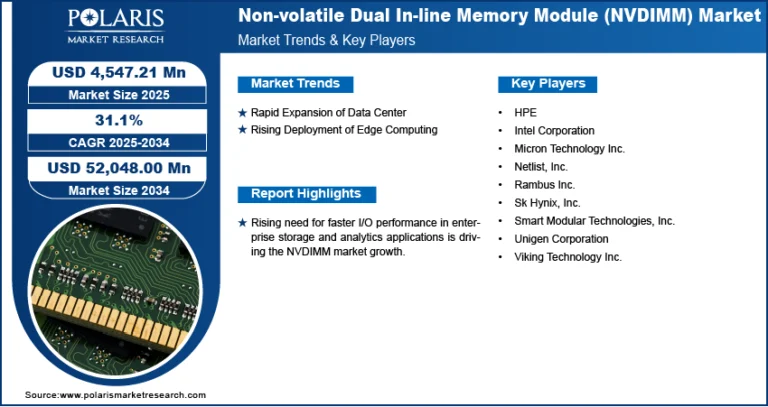Local Area Network Market Size, Share & Trends Analysis growing at a CAGR of 4.6% from 2025 to 2033

The global local area network market size was estimated at USD 94.51 billion in 2024 and is projected to reach USD 139.21 billion in 2033, growing at a CAGR of 4.6% from 2025 to 2033. The rapid increase in global data consumption has significantly impacted the demand for high-performance local area networks.
Key Market Trends & Insights
- North America dominated the local area network (LAN) market with the largest revenue share of 36.02% in 2024.
- The local area network (LAN) market in the U.S. accounted for the largest market revenue share in North America in 2024.
- By component, the hardware segment led the market with the largest revenue share of 57.06% in 2024.
- By deployment, the wired LAN segment led the market with the largest revenue share of 55.85% in 2024.
- By end use, the IT & telecom segment led the market with the largest revenue share of 27.34% in 2024.
Market Size & Forecast
- 2024 Market Size: USD 94.51 Billion
- 2033 Projected Market Size: USD 139.21 Billion
- CAGR (2025-2033): 4.6%
- North America: Largest market in 2024
- Asia Pacific: Fastest growing market
Request a free sample copy or view report summary: https://www.grandviewresearch.com/industry-analysis/local-area-network-lan-market-report/request/rs1
Enterprises, government agencies, and educational institutions are experiencing growing data traffic due to the proliferation of video conferencing, cloud-based applications, and data-intensive workloads. This surge is pushing organizations to upgrade their LAN infrastructure with high-speed Ethernet technologies such as Gigabit Ethernet, 10/25/40/100 Gigabit LANs. In addition, high-bandwidth applications like virtual desktops, AI workloads, and real-time collaboration tools require low-latency and high-throughput LAN solutions to ensure seamless connectivity.
Enterprises are undergoing digital transformation to enhance operational efficiency, customer experience, and competitiveness. As part of this transition, organizations are modernizing their IT infrastructure, including LAN networks, to support advanced technologies such as cloud computing, big data analytics, and AI. The rise in hybrid and remote work models has also made it essential to establish secure and scalable LAN connections between on-premises systems and remote endpoints. These digital initiatives necessitate the deployment of more robust and manageable LAN systems, especially those capable of supporting virtualization, software-defined networking (SDN), and automation.
In addition, the expanding deployment of Internet of Things (IoT) devices across industries such as manufacturing, healthcare, logistics, and smart cities is creating massive demand for resilient and high-density LAN infrastructure. Each connected sensor, device, and control system contributes to an increasingly complex network that requires efficient communication within a localized environment. LANs form the backbone for machine-to-machine (M2M) communication, industrial automation, smart building controls, and environmental monitoring. The ability to manage thousands of endpoints with low latency and minimal downtime makes LANs indispensable for enabling real-time data transfer and process automation.
Moreover, modern buildings and campus environments are increasingly equipped with connected systems for lighting, HVAC, surveillance, access control, and digital signage. These systems rely on efficient LAN connectivity for centralized monitoring, control, and automation. LAN infrastructure is also essential for connecting video surveillance cameras, biometric systems, and occupancy sensors in real-time. Educational institutions, corporate campuses, and healthcare facilities are upgrading their LANs to ensure high availability and seamless integration of smart systems, contributing to energy efficiency, safety, and digital learning experiences.
One significant restraint for the local area network (LAN) industry is the high initial cost of deployment and ongoing maintenance. Establishing a robust LAN infrastructure, especially in large enterprises, data centers, and industrial environments, requires substantial investment in networking hardware such as switches, routers, access points, cabling, and network management software. In addition, the transition to newer technologies like Wi-Fi 6/6E, fiber-optic LANs, and software-defined LANs can involve replacing legacy systems, which further increases capital expenditure.
Component Insights
The market is classified into hardware, software, and services. The hardware segment led the market with the largest revenue share of 57.06% in 2024. The hardware segment is further segmented into switches, routers, cables & connectors, servers & storage devices, and others. The segment dominance can be attributed to the essential role hardware plays in establishing and maintaining the foundational infrastructure of Local Area Networks (LANs). Core components such as switches, routers, access points, cables, and servers are critical to ensuring seamless data transmission, connectivity, and network performance across various environments, including enterprises, data centers, educational campuses, and industrial facilities.
The software segment is expected to witness at the fastest CAGR of 5.5% throughout the forecast period. This growth can be attributed to the rising adoption of network management, monitoring, and security software solutions that enable centralized control and automation across increasingly complex network environments. As organizations move toward software-defined networking (SDN) and cloud-managed LANs, demand is growing for intelligent software platforms that enhance visibility, optimize performance, and strengthen security. In addition, the shift to hybrid work models and the proliferation of connected devices are further driving the need for scalable, agile, and secure LAN software solutions, positioning this segment for sustained expansion.





